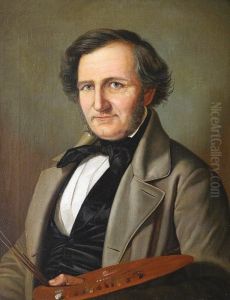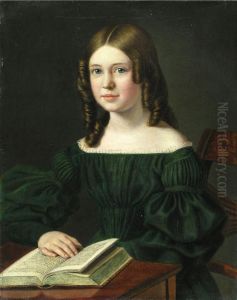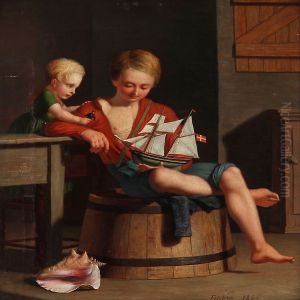Carl Fiebig Paintings
Carl Fiebig was a German painter and graphic artist known for his vivid portrayals of cityscapes, landscapes, and daily life scenes, capturing the early 20th-century ambiance with a keen eye for detail and atmosphere. Born on November 6, 1871, in Neustadt, Prussia (now part of Poland), Fiebig's artistic inclinations were evident from an early age, leading him to pursue formal education in the arts. He studied at various prestigious institutions, including the Academy of Fine Arts in Berlin, where he honed his skills under the tutelage of influential artists of the time.
Throughout his career, Fiebig was fascinated with the urban environment and the interaction between people and their surroundings. This fascination is evident in his works, which often depict bustling city streets, serene rural landscapes, and intimate indoor settings. His style evolved over the years, incorporating elements of Impressionism and Realism, yet always focusing on the play of light and shadow, which became a hallmark of his paintings.
During his lifetime, Carl Fiebig's work was widely recognized and exhibited across Germany and beyond. He participated in numerous group and solo exhibitions, gaining acclaim for his ability to capture the essence of a place or moment. Despite the changing artistic trends of his time, Fiebig remained committed to his realistic approach, believing in the importance of depicting the world with authenticity and emotional depth.
Fiebig's contributions to the art world continued until his death on December 25, 1951, in Berlin. His legacy is preserved through his artworks, which are held in private collections and museums, serving as valuable documents of his era's social and urban landscape. Carl Fiebig's dedication to portraying the beauty of everyday life and his skillful execution of various subjects have cemented his place in the history of German art as a significant figure in early 20th-century realism.


